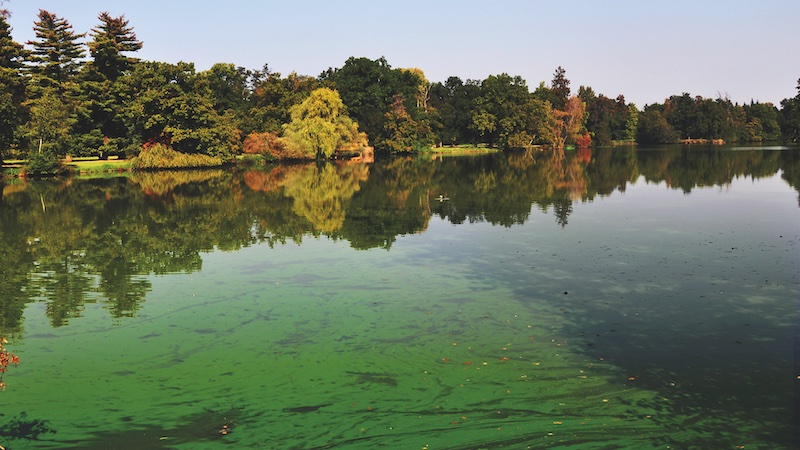Cyanobacteria (blue-green algae) exposure in dogs
Blue-green algae are cyanobacteria that grow in fresh, brackish or sea water. Under certain environmental conditions they form blooms in water bodies and these often colour the water blue-green (or brown, black or red). These blooms have long been known to be associated with animal deaths, occasionally resulting in mass mortality events of wildlife. Cyanotoxins produced by these organisms are neurotoxic, hepatotoxic or, less commonly, dermatotoxic. Gastrointestinal effects may also occur. Signs can be very rapid in onset, particularly with neurotoxic compounds, with death following soon after. Hepatic effects generally occur within 24 hours. Aggressive and rapid treatment is essential with decontamination, liver protectants and supportive care. Survival is rare in animals with significant clinical signs. Not all algal blooms are toxic, however, and confirmation of exposure is rarely available and not within a clinically relevant time frame. Illness and deaths in dogs associated with suspected blue-green algae exposure are signal events and should be reported to the relevant environmental authority to safeguard public and animal health.
Nicola Bates -
